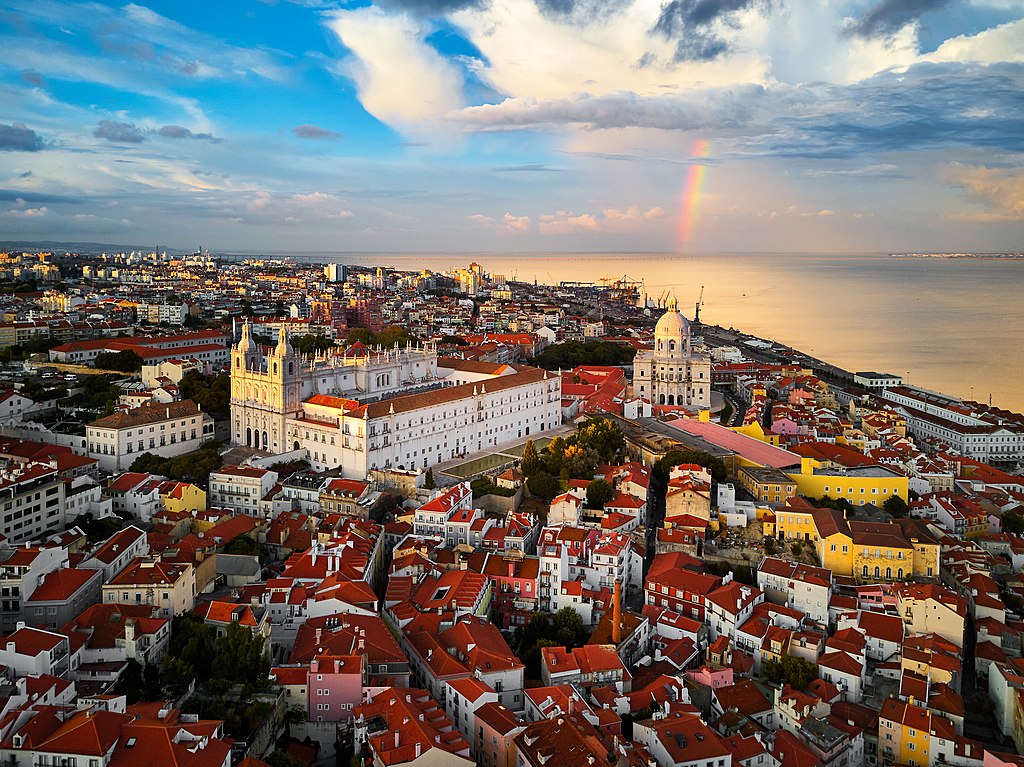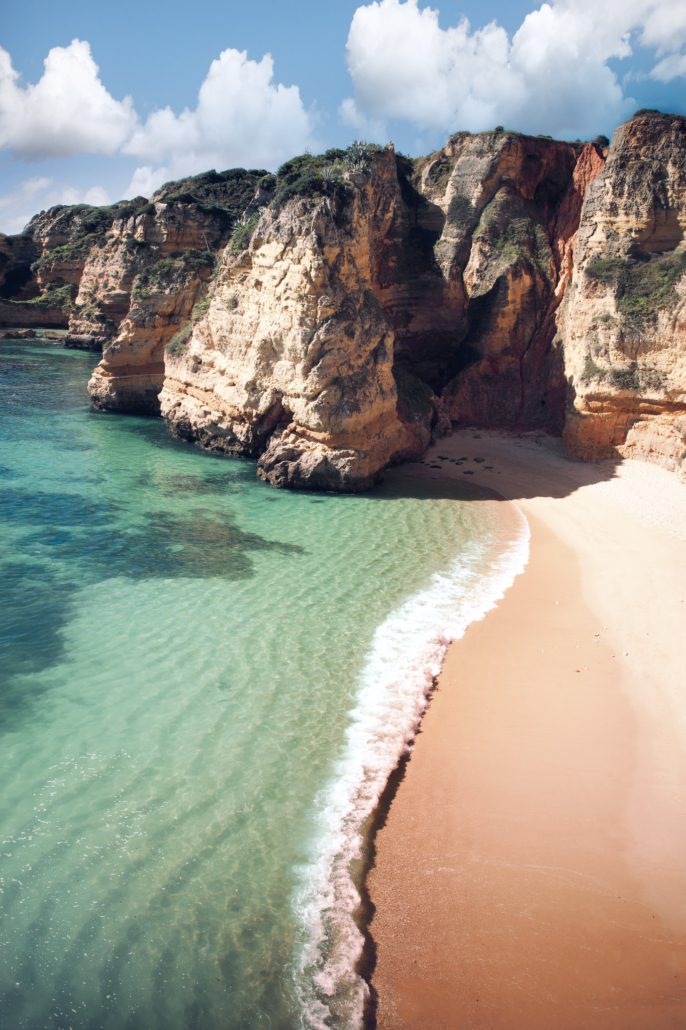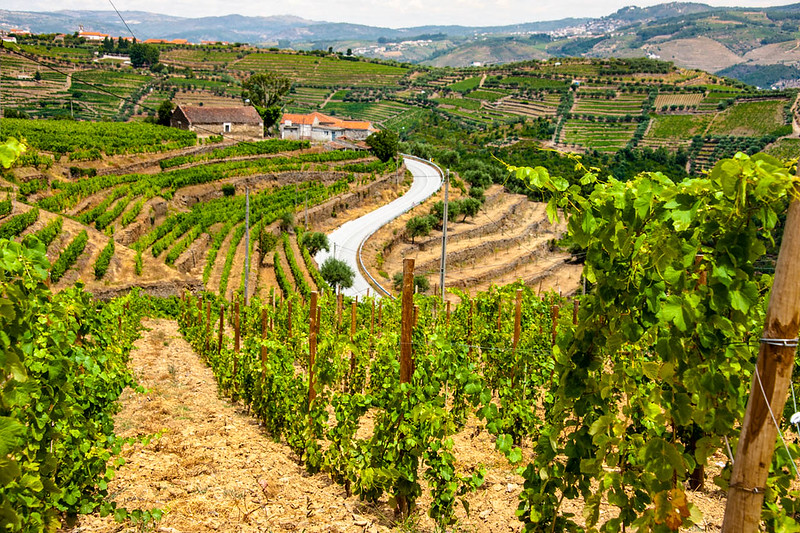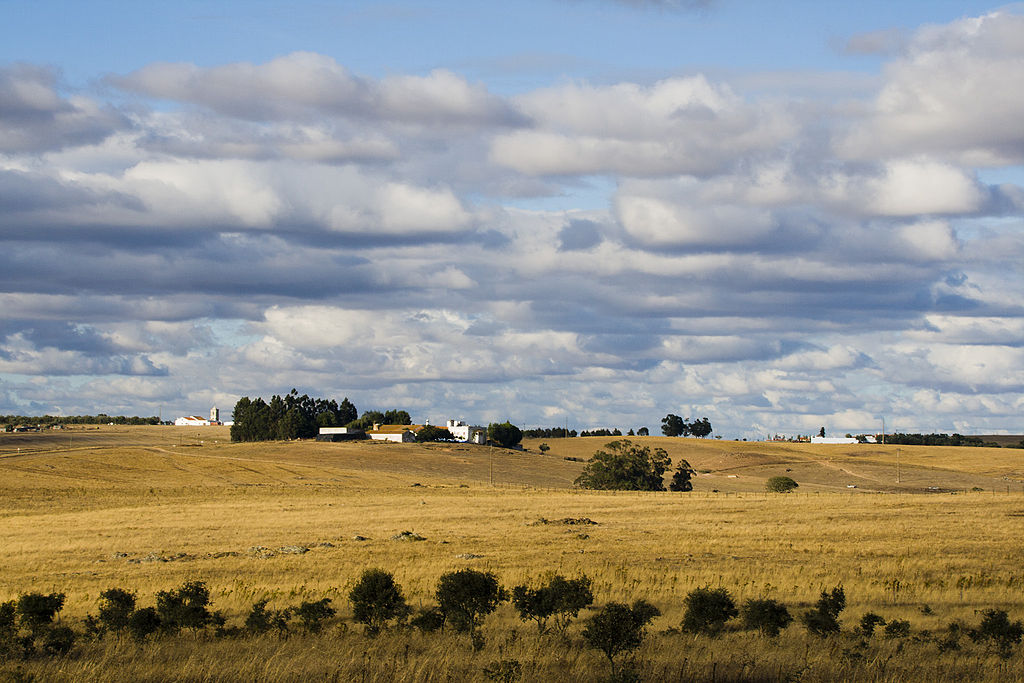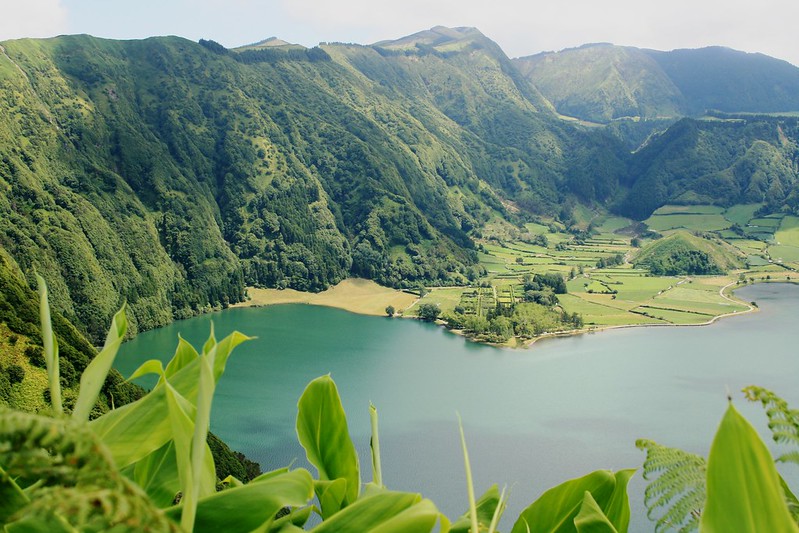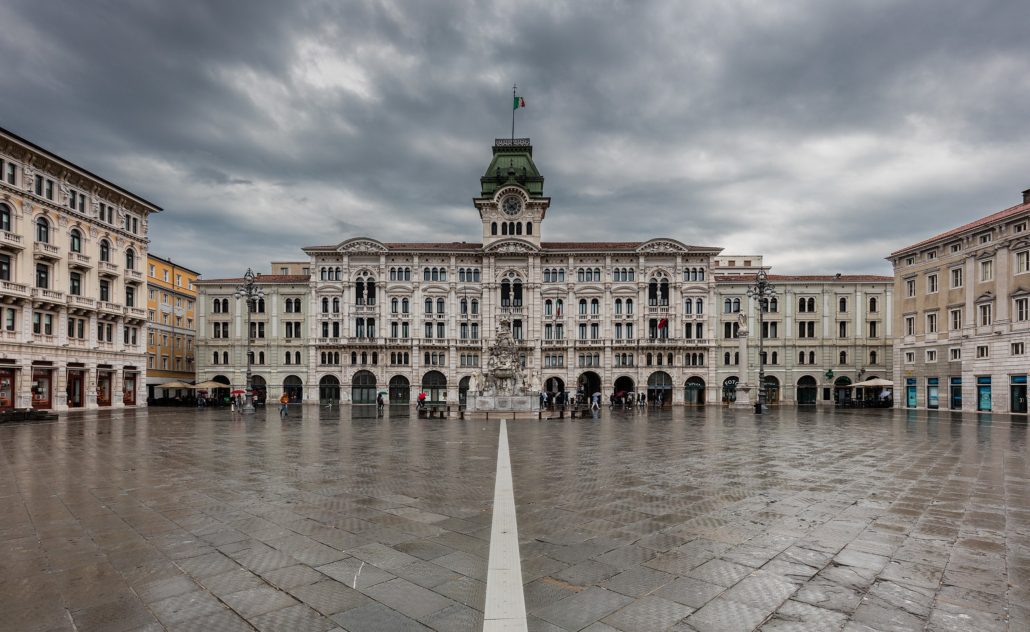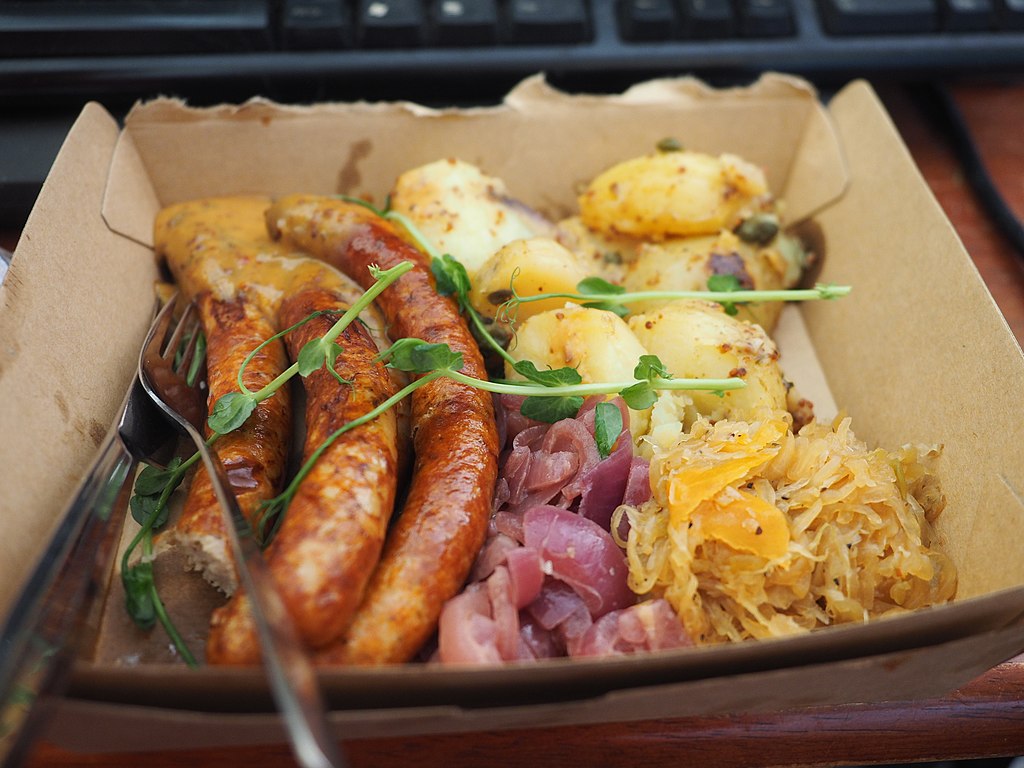Liverpool is a city that stands out for its musical heritage, urban beauty, and warm atmosphere. You’ve likely come across many Liverpool guides detailing the best things to do there. But before you rush to the next attraction, let us clarify that we’re here to show you how to explore Liverpool like a local. Save this article and buckle up to discover practical tips and hidden gems that you can enjoy in just one day. Yes, you can truly have the day of your life in this vibrant city.
Parking at Liverpool Airport
The best way to get to know any city is on foot. If you have a car to consider, this section is for you. The safest option is to leave it at the airport serving Liverpool. Of course, when we say “leave it,” we mean pay for airport parking. Even if you’re on a budget, you can find affordable Liverpool Airport parking deals on bookfhr.com. There, you’ll find a wide range of services, from standard to premium parking, with car parks located either a few steps or a few miles from the terminals. It also provides customer satisfaction ratings for each car park and allows secure bookings and payments, so you can rest assured that your car will be in safe hands.
Getting Around Liverpool
Covering the approximately 7 kilometres from Liverpool Airport to Liverpool city centre is easy. The cheapest option is to take a bus. Buses stop at the airport every 7 to 8 minutes, providing access to various parts of the city. If you’d prefer not to spend time navigating bus routes, you can take a taxi. A taxi journey to Liverpool city centre typically takes around 30 minutes and costs an average of £25. Alternatively, you could hire a car, which would allow you to explore the city without worrying about putting extra mileage on your personal vehicle.
Explore Liverpool Like a Local
Here are some hidden gems in Liverpool that locals love:
Red Brick Vintage Market
Locals in search of furniture with character, vintage clothing, and unique gifts head straight to the Red Brick Vintage Market, located in the heart of the Baltic Triangle.
Crosby Beach
For a touch of peace and serenity, visit Crosby Beach. In addition to its golden sands and magical seaside atmosphere, you can admire Another Place, an installation by British artist Antony Gormley. This striking artwork features iron sculptures of human figures gazing out to sea. The story behind the art and its reception is worth discovering.
Storybarn
Children and book-loving adults alike will enjoy a stop at Storybarn. This interactive storytelling centre, located within Calderstones Park, is an ideal hidden gem for families.
If you’re looking for even more ideas to explore Liverpool like a local, consider visiting the Liverpool Airport website. While you’re there, you can conveniently book your holiday and parking in one go!

